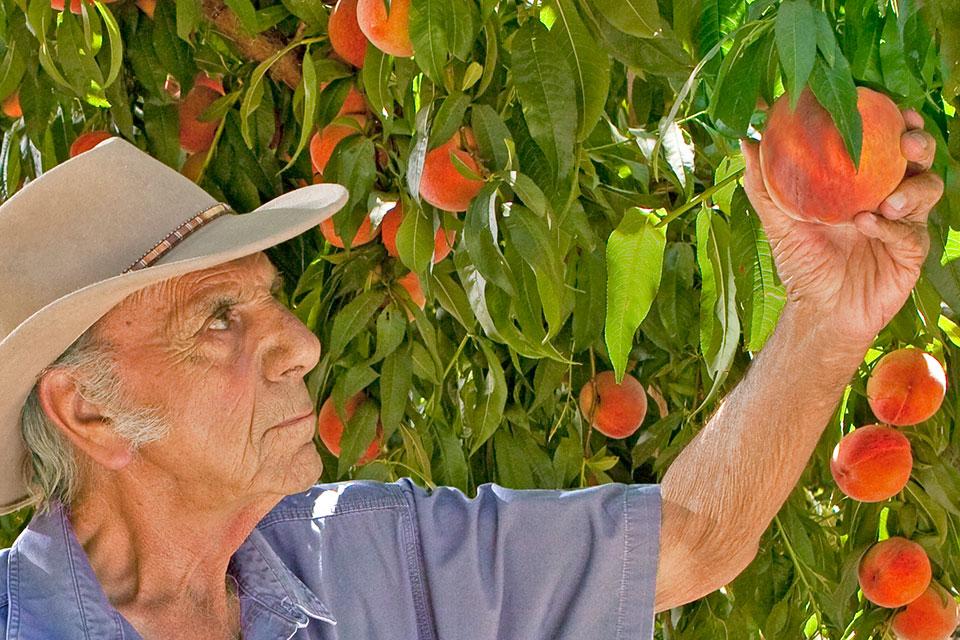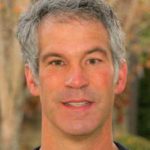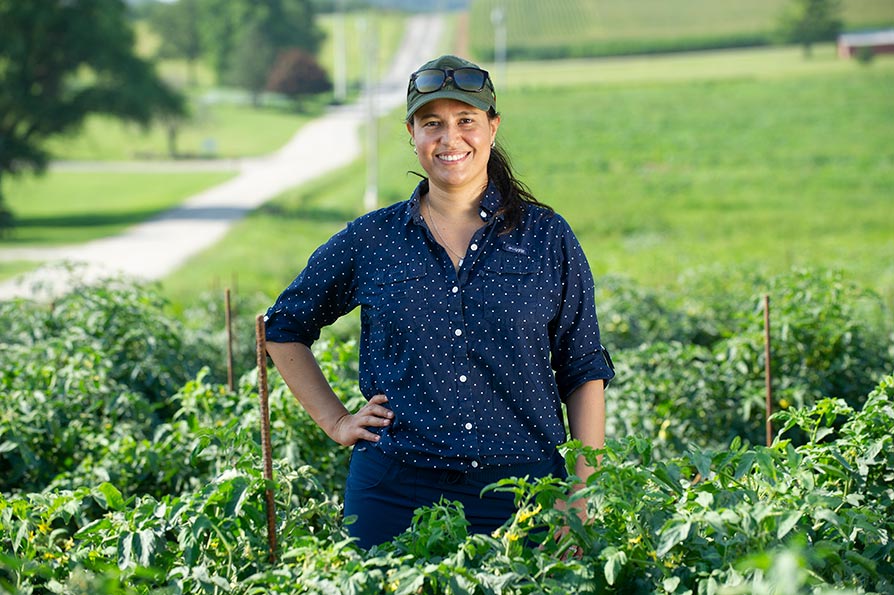Did Putting Cost Over Quality End Up Costing Nation’s Top Stone Fruit Grower?

Ray Gerawan, who died last year at the age of 88, checks the color of his peaches. He started with 40 acres and built the nation’s largest stone fruit operation, along with sons Dan and Mike, based on the theory that quality is the overriding goal.
Photo by Tony Martinez
Kevin Day vividly recalls that morning in the spring of 2021 when he realized the Gerawan orchards he had walked for much of his adult life began to change, as they were beginning to look nothing like those that were farmed by the nation’s largest stone fruit grower. It then came as little surprise to him when he learned the farm’s current owners had filed for bankruptcy, the latest chapter in the farm’s saga (see sidebar below, “Nation’s Largest Stone Fruit Grower Bankrupt”).
Day, now University of California Pomology Advisor Emeritus, was born in the South San Joaquin Valley and still farms there. He was “the peach guy” in the valley for many years, helping in the development of the “Kearney Perpendicular V,” a high-density tree training and pruning system that brings peach and nectarine orchards into full production at an earlier age.
The Gerawans adopted such advances quickly, and their orchards were known throughout the valley for looking so clean. He worked closely with the Gerawan family all those years and was dismayed by what he saw.
“There was a drastic change in the focus, quality, and timeliness of many horticultural operations,” he says. “The Gerawan philosophy had concentrated on producing the highest quality fruit possible; and all labor operations such as pruning, thinning, light management, and harvest were performed with fruit quality as the overriding intent with costs only a subservient concern.”
BUILDING A LEGACY
The late Ray Gerawan, who, later along with sons Dan and Mike, built the orchards up from 40 acres to more than 13,000, blazed a path based on a belief many successful growers share: They are more concerned with the quality of their product than their cost to produce it.
“This philosophy considered operational costs to be secondary in that they would be offset by the higher prices, greater yields, and actual lower per unit overall costs resulting from growing the highest quality fruit,” Day says. “This model worked meritoriously and successfully for many years.”
After the merger with Wawona it became increasingly obvious to industry observers that this process had changed, and the focus had switched to cost management as the primary driver. The labor operations were still being performed, but labor cost was the major concern, while things such as job timeliness, scope, effort, quality, and the resulting horticultural interactions of these things were of lesser concern. The change can perhaps best be seen in their approach to harvest, as Day illustrates with the following example.
SECRET OF SUCCESS
“One of the well-known but seldom appreciated or copied Gerawan “secrets” was the frequent harvesting of lesser quantities of fruit per acre per harvest event than what was considered the industry standard. Depending on the variety and ripening season, they would commonly harvest at 1- to 3-day intervals rather than the more typical 2 to 4 days, and would over a longer period of time.
“Consequently, they usually harvested 2 to 4 or more times during the ripening period than competitors with the same variety. It was a practice similar to milking a dairy cow three times a day instead of a more ‘expedient’ twice a day.
“This practice increased total harvest costs per acre but also resulted in more uniform fruit maturity and improved packout. In many instances it actually reduced total harvest cost per unit of fruit as a result of greater yields due to improved fruit size and soluble solid concentration, and improved utilization due to less cullage of over and underripe fruit. These additional and extended harvests ensured very high fruit quality across the ripening period, which translated into higher value fruit.”
Dan Gerawan says he unfortunately cannot speak on the record because of the lawsuit (see story, below) but did issue the following statement to American Fruit Grower: “It took my family decades to build the best stone fruit farming company in the world,” he says. “It took them less than four years to destroy that legacy.”
Nation’s Largest Stone Fruit Grower Bankrupt
Company formed by the merger of Gerawan Farming and Wawona is also being sued by former owner.
It all started so promisingly five years ago. The two biggest stone fruit growers in the nation, Gerawan Farming and Prima Wawona, both located in California’s South San Joaquin Valley, would merge. The new company, MVK Farm Co., was formed by Paine Schwartz Partners, which had previously acquired Wawona. Paine CEO Kevin Schwartz issued the following statement about the new company, which would have an astounding 30% of the state’s total stone fruit production.
“This merger represents a tremendous milestone and the type of growth opportunity that we can achieve by leveraging Paine’s agribusiness sector expertise and close collaboration with two family-owned businesses,” he said in a press release.
However, the new company didn’t fare well. Many critics say it seemed the new owners didn’t have enough people with farming expertise and focused on the bottom line at the expense of quality. But whatever the reason, MVK entered bankruptcy in late October.
MVK, which has about 18,000 acres of orchards and generated revenue of more than $300 million last year, said it aims to sell its assets through a court-supervised auction. The business, valued at $560 million when it was formed in September 2019, listed $679 million in debts. The company and creditors have agreed only to consider opening bids of at least $275 million.
Dan Gerawan, who originally served as the company’s CEO, issued the following statement regarding the bankruptcy: “I hope they find a buyer, but they’ve been shopping the business for a year and got no bids.”
The filing comes just a few months after Gerawan sued Paine Schwartz, alleging they drained millions of dollars through the years. In the suit, he alleges among other things that Paine Schwarz hired consulting firm McKinsey & Co. without checking with him and other board members. McKinsey, listed in court papers as Prima Wawona’s biggest creditor, owed more than $8 million.
Paine Schwartz said in a statement that Gerawan’s suit is without merit. In a court filing connected with the bankruptcy, The Wall Street Journal reported the company’s interim CEO, John Boken, attributed much of the farm’s loss to the 2020 California wildfires that damaged some of its orchards.









